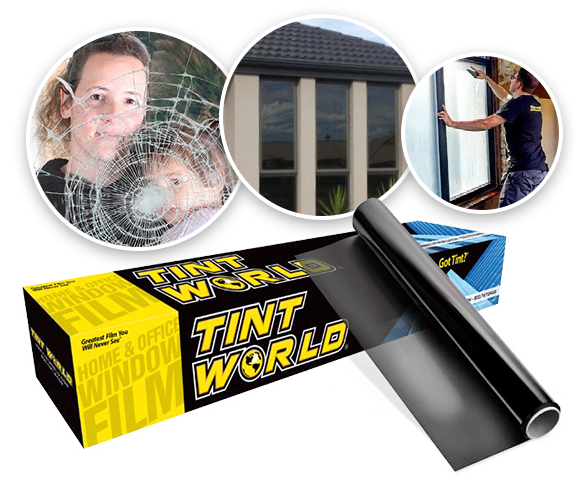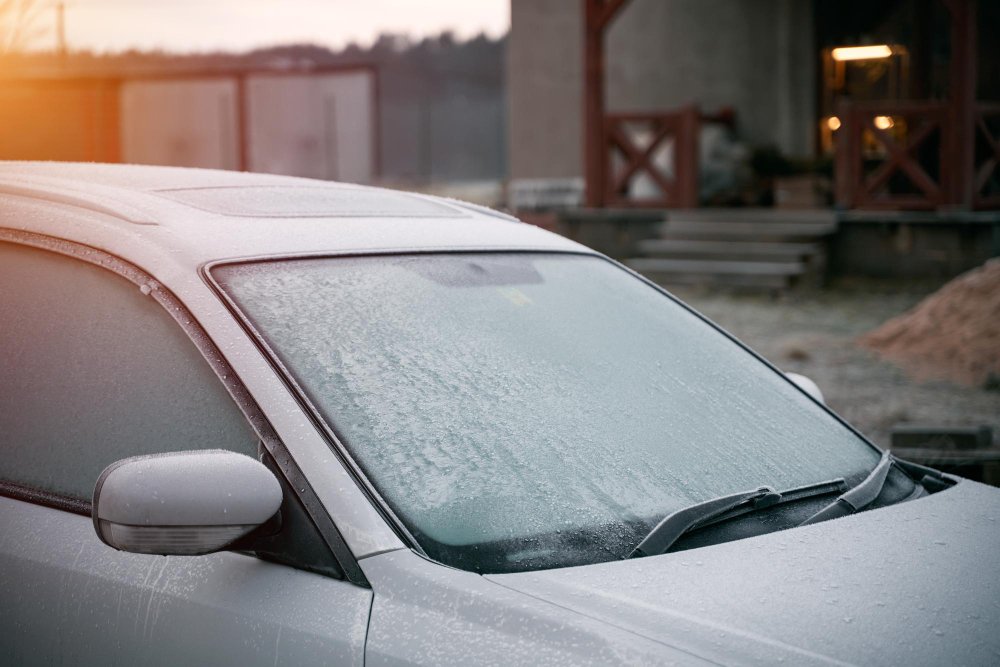Leading Reasons to Pick Professional Vehicle Window Tinting Services
Leading Reasons to Pick Professional Vehicle Window Tinting Services
Blog Article
Home Window Tinting Regulations and Guidelines: What You Required to Know Prior To Tinting Your Automobile
Prior to waging window tinting for your automobile, it is essential to acquaint on your own with the diverse laws and guidelines that control this method throughout various states. These policies dictate the permitted degrees of color darkness, frequently measured by visible light transmission (VLT) percentages, and include details terms for front windscreens targeted at ensuring road safety and security. Furthermore, specific jurisdictions might use medical exceptions for individuals with certifying problems. Recognizing these intricacies can save you from prospective lawful implications, but what are the certain rules in your state?
Introduction of Window Tinting Rules
Home window tinting legislations are frequently subject to variant throughout different jurisdictions, reflecting neighborhood regulations and security considerations. These laws dictate the permissible degrees of color darkness and reflectiveness on lorry home windows, making certain that chauffeurs keep appropriate presence while also safeguarding against damaging UV rays and warmth.
Most laws categorize window tinting based on the Visible Light Transmission (VLT) portion, which shows the amount of light that can go through the window. Usually, lower VLT portions signify darker tints. Regulations often distinguish in between the front, side, and back home windows, with more stringent constraints put on the front windscreen to enhance safety and security for both the vehicle driver and other road users.
Conformity with home window tinting policies is important, as violations can result in fines, mandatory elimination of the tint, and prospective rises in insurance coverage costs. It is essential for car proprietors to acquaint themselves with regional laws prior to continuing with window tinting installations.
State-by-State Tint Regulations
Understanding the details window tinting guidelines in each state is important for car proprietors looking for to adhere to the legislation. Each state in the united state has actually established its own set of guidelines governing home window tinting, which can vary dramatically. These laws usually dictate the permitted levels of tint darkness, the sorts of windows that can be tinted, and any medical exemptions that might apply.
For example, states like California have rigid limitations on tint darkness for front home windows, while others, such as New Mexico, may permit darker colors. In addition, particular states mandate specific presence percentages for different windows, including the windshield, front side windows, and rear windows. It is vital for car proprietors to acquaint themselves with their state's regulations to avoid possible fines or penalties.
Moreover, some states might require a qualification sticker to be positioned on colored windows, suggesting compliance with state laws. Failing to follow these policies not just takes the chance of legal consequences but can additionally affect security and visibility while driving. Consequently, car owners should carry out comprehensive study or consult local authorities to ensure complete understanding and conformity with state-by-state color guidelines.
Allowed Tint Levels and Types
Several automobile proprietors might be amazed to discover that permitted color degrees and types differ widely throughout various states. Each state has established its own visit homepage laws regarding the allowable darkness and reflectivity of window color, usually measured by Visible Light Transmission (VLT) portions. VLT refers to the quantity of light that can pass with the colored windows; thus, a reduced percentage suggests a darker color.

In addition, the sorts of color products allowed can differ, with some states restricting metallic or mirror-like surfaces. It is vital for car proprietors to acquaint themselves with their state's details laws to guarantee compliance. Non-compliance can lead to penalties, necessary elimination of the color, or various other lawful consequences, making it essential to comprehend these guidelines before continuing with setup.
Medical Exemptions for Tinting
While not all states supply allowances for medical exemptions pertaining to home window tinting, those that do recognize the necessity for specific individuals to enhance presence and comfort due to medical conditions. Various clinical problems, such as lupus, skin cancer cells, and particular eye conditions, can provide individuals specifically delicate to sunlight. These people might need darker tints to safeguard themselves from unsafe UV rays and glare.

It is very important to note that despite a medical exemption, there may still be restrictions on the degree of color permitted. Conformity with state laws guarantees that people are both safeguarded and within lawful limitations. Those taking into consideration medical exemptions must call their local Division of Motor Cars or equal authority to understand the procedures and demands needed to obtain an exception properly.
Penalties for Non-Compliance
Stopping working to follow window tinting legislations can result in substantial penalties, which vary by state. Regulation enforcement companies are empowered to issue citations for cars that do not abide by the defined tinting policies. These charges generally include fines, which can vary from small Click Here quantities to numerous hundred dollars, relying on the intensity of the violation and the state in concern.
In some jurisdictions, duplicated offenses might cause escalating penalties or added charges, such as mandatory court appearances. Non-compliance might demand the elimination of prohibited tinting, commonly at the owner's expense. In severe cases, habitual offenders might deal with suspension of their car registration till compliance is attained.
Additionally, insurance policy implications might emerge from receiving several citations for window tint infractions. Insurance providers may watch such infractions as a sign of riskier habits, potentially causing boosted premiums or trouble in insurance coverage.
To prevent these penalties, it is essential for lorry proprietors to familiarize themselves with their local window tinting legislations and make certain that their automobile complies (Window Tinting). This aggressive strategy not only prevents lawful implications yet also promotes roadway safety
Verdict

A lot of policies categorize home window tinting based on the Visible Light Transmission (VLT) portion, which shows the amount of light that can pass via the home window. Compliance with home window tinting policies is crucial, as offenses can result in fines, mandatory elimination of the color, and potential boosts in insurance policy costs.Understanding the particular window tinting laws in each state is crucial for car proprietors looking for to great post to read abide with the legislation. These guidelines frequently determine the permitted degrees of tint darkness, the types of home windows that can be tinted, and any type of clinical exceptions that may use.
For circumstances, states like The golden state have stringent restrictions on color darkness for front home windows, while others, such as New Mexico, may enable darker colors.
Report this page